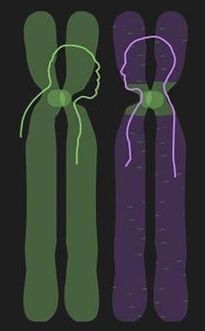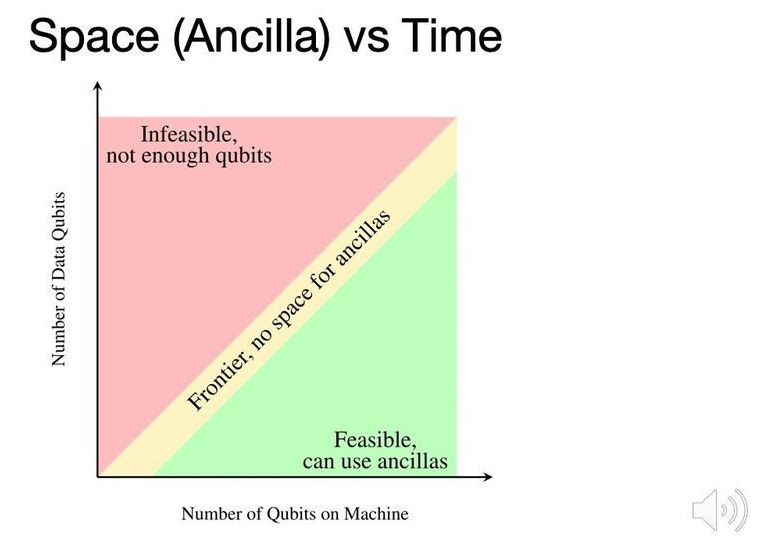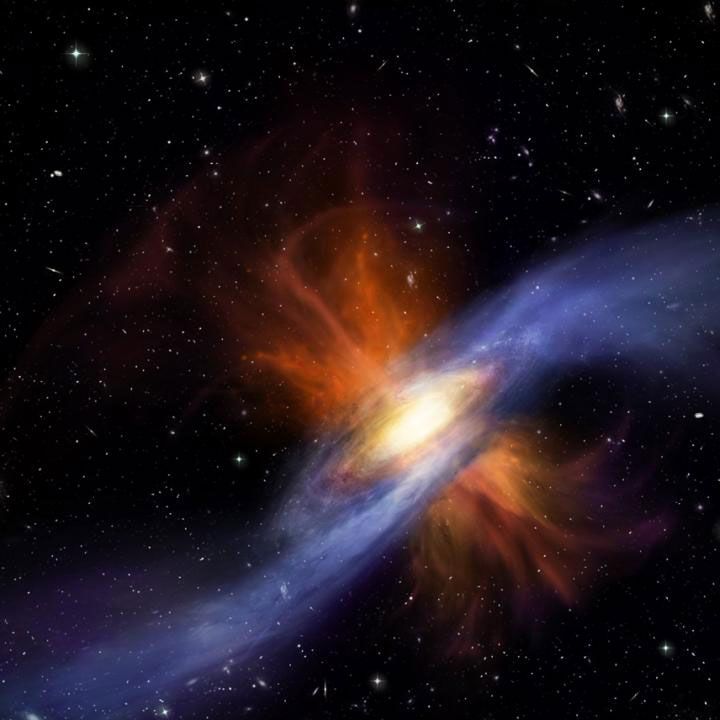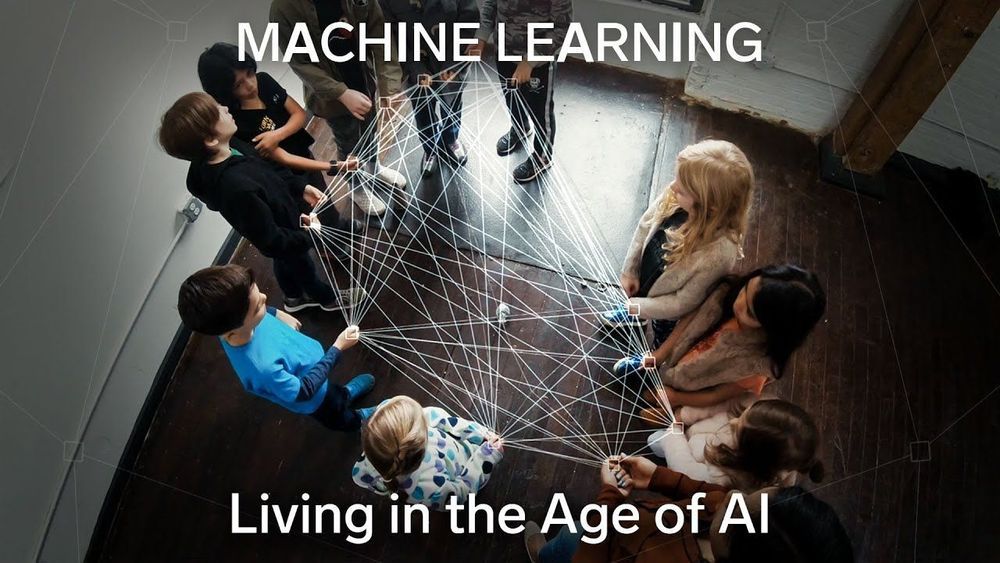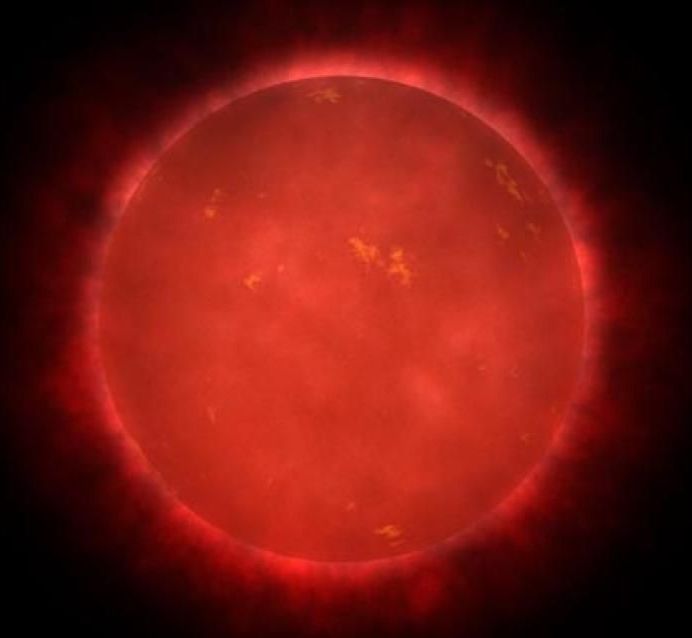Jun 21, 2019
Neanderthal and unknown human ancestor DNA found in the “dark heart” of chromosomes
Posted by Genevieve Klien in categories: biotech/medical, genetics
Genes get shuffled and re-dealt with every new generation, meaning many are relatively recent. But while exploring the “dark heart” of the human genome, geneticists have now found some of the most ancient pieces of DNA, inherited from Neanderthals and an as-yet-unknown human relative, which may be affecting our sense of smell to this day.
